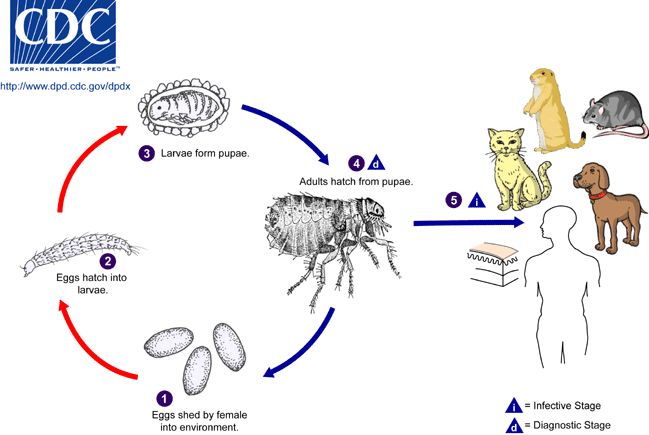Vampires have recently come into popularity with some wishing to even be bitten! This article is about a different and far less desirable type of vampire, fleas. They feed on blood and creep into homes. However, can you see fleas?
Fleas
Fleas are tiny creatures; hence, the question can you see fleas? They are brown insects with flat bodies, and a conspicuous back leg in place of wings. They make it into your home by hitchhiking on your pets’ skin since they are excellent jumpers.
Their Bites
A flea bite isn’t as painful as a wasp sting, but it sure leaves its mark. You feel itchy, and your body begins to swell in affected regions. These vampires are not that much interested in you; they are more interested in your pets. A bite every 5 minutes keeps your cat or dog itchy, sore, and uncomfortable. All the blood loss also causes your pet to get anemia and look pale.
Female Fleas

Female fleas lay up to 50 eggs per day. They stay out of your way and can survive for 100 days. So, a problem that started with only a few fleas can become a big announcement by a larger population of fleas screaming, “can you see me.” Fleas hide in beddings, carpets, and furniture bases. When searching for fleas, be on the lookout for small dark spots known as flea dirt, a mixture of blood and feces (all that sucking has to go somewhere right.)
Signs of Infestations
- Scratching: Is your cat or dog getting frustrated and angry from scratching all the time? Fleas hide in thick furs and can spread to several places like the back of the head and neck and even to armpits. This excessive scratching could be a pointer to an invasion.
- Restlessness: When your lazy cat starts staying awake longer, or your dog starts getting irritated and restless, it could be because of a flea infestation. All that fur that covers your pet comes at a cost.
- Hair Loss: Not yours, you are only getting older. But when you start noticing hair losses in your pets, your flea problem just got more serious.
- Reddened Patches: Flea bites look like small red spots and appear in lines. If you notice this on your pet’s body, you have a flea problem.
Treating an Infestation
Now that you are sure fleas have invaded your house, you can get rid of them by following the steps outlined:
- Vacuuming: Usually, this is the most effective home method to combat flea invasion. All furniture should be moved, and hidden places exposed. The vacuum bag should be thrown away after vacuuming. Vacuuming is much more important than just cleaning the area and removing flea dirt – the force it exerts causes flea larvae to emerge from their hiding places, making your job effective. Depending on the seriousness of your flea problem, repeat vacuuming every other day for 10 days to a month.
2. Treating your dog or cat: Use a fine-tooth comb to inspect your pets’ fur carefully. Look closely for fleas in all of its forms: eggs, larvae, and adults. Dispose of any fleas you find in a bowl of hot soapy water. And be sure to enlist the help of your vet to determine the proper medication for your pets.
More Treatment Options
3. Washing or changing all beddings and pet beddings: this is quite straightforward; changing beddings completely is to be considered when dealing with heavy infestations.
4. Using dish soap: this involves trapping fleas in dish soaps. To prepare this, you would fill a bowl with a mixture of warm water and dish soap, when you are done, place it in the areas where you suspect high flea activity. Water and dish soap mixes to form a solution that acts as a glue, trapping fleas. This method should be repeated daily. It is most effective at night because fleas are nocturnal creatures.
Now that you can see fleas; they don’t have to make life miserable for you and your pet.